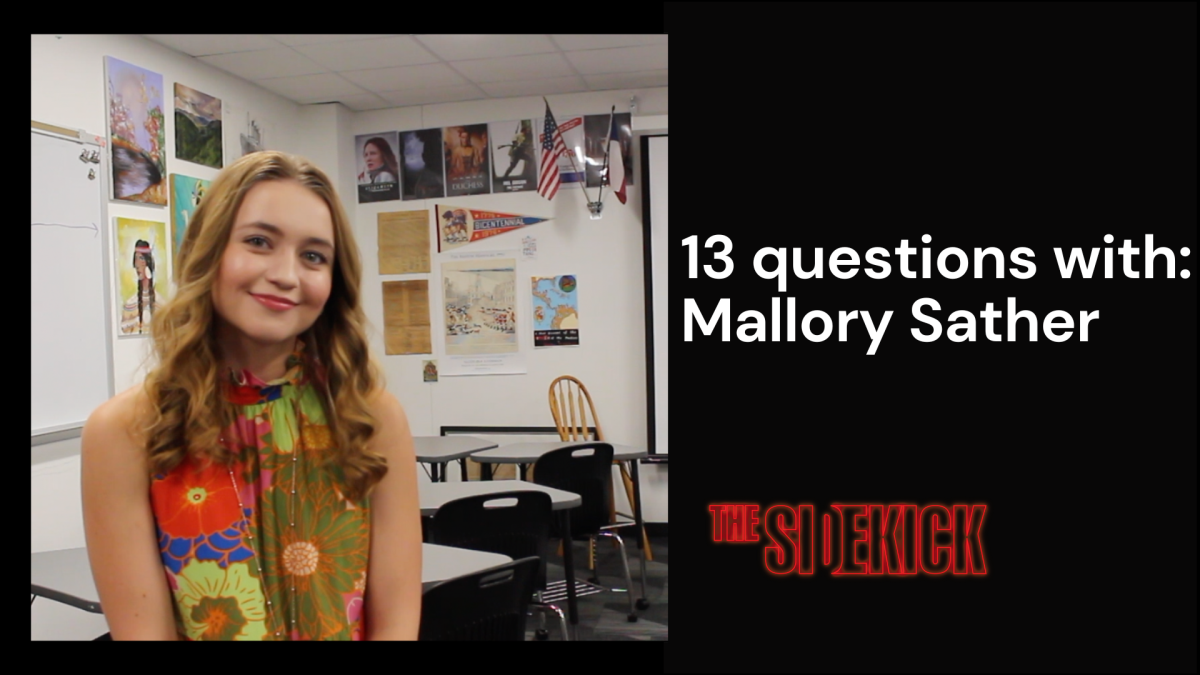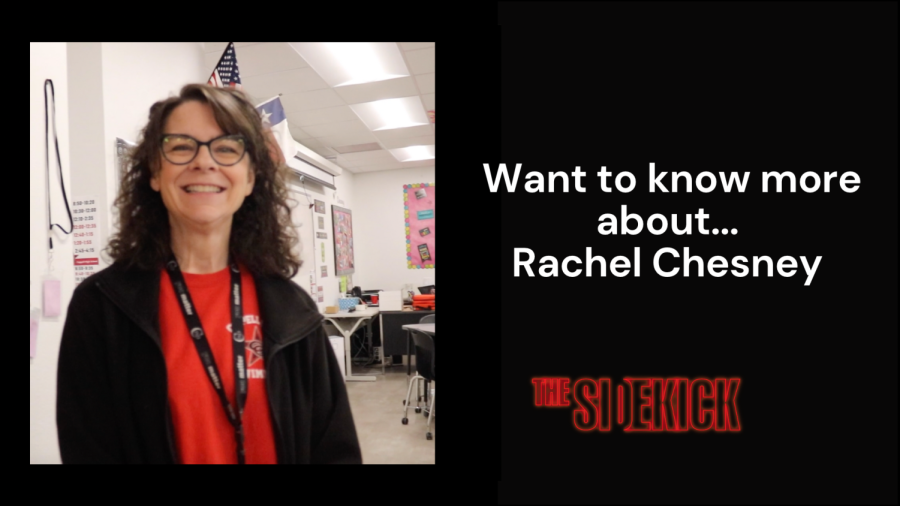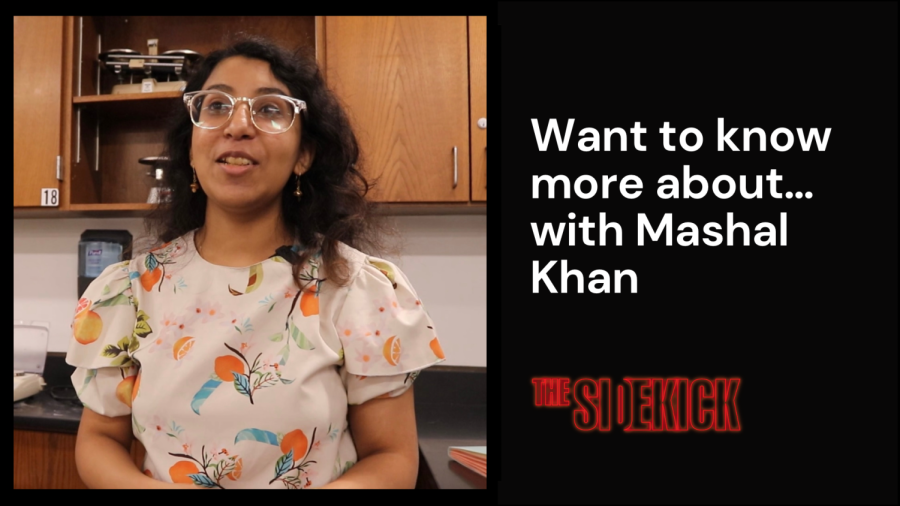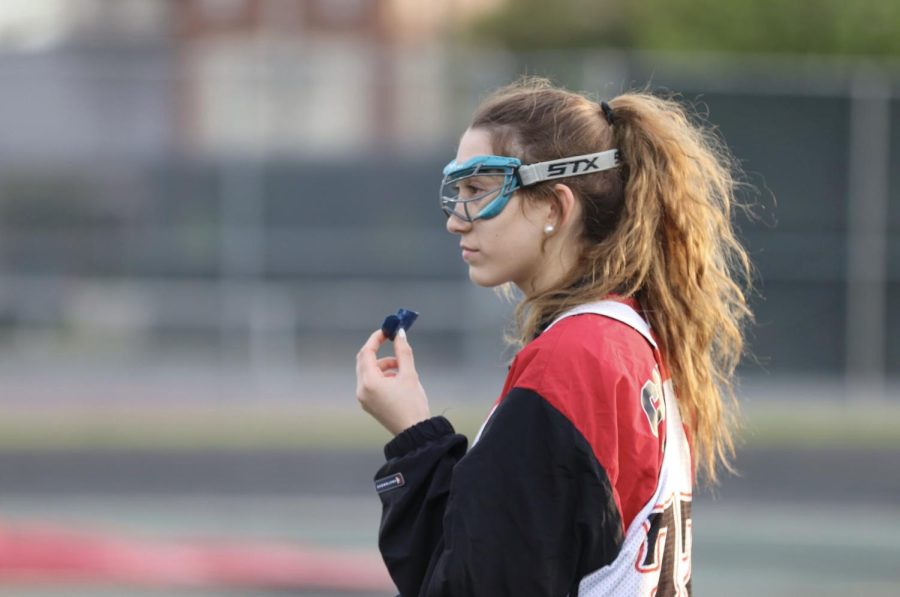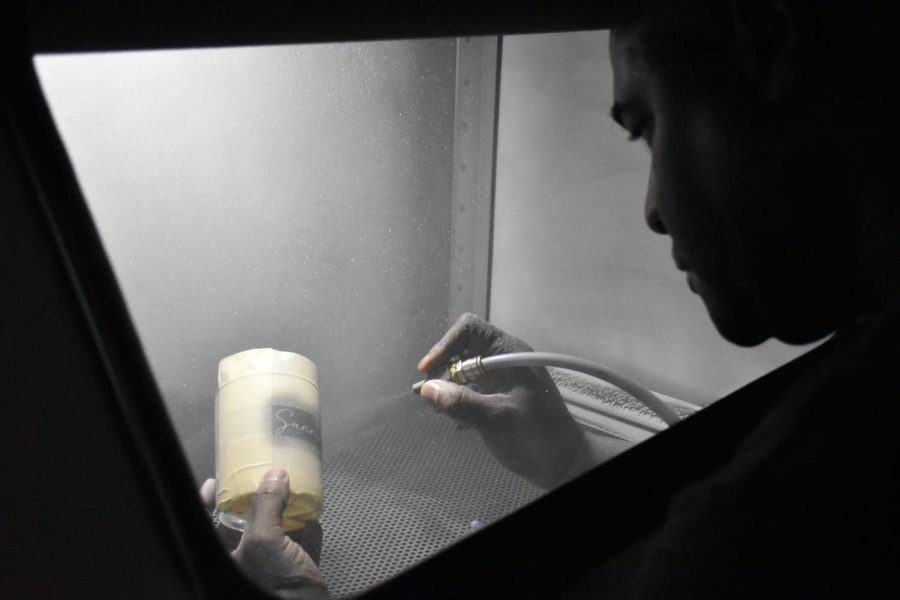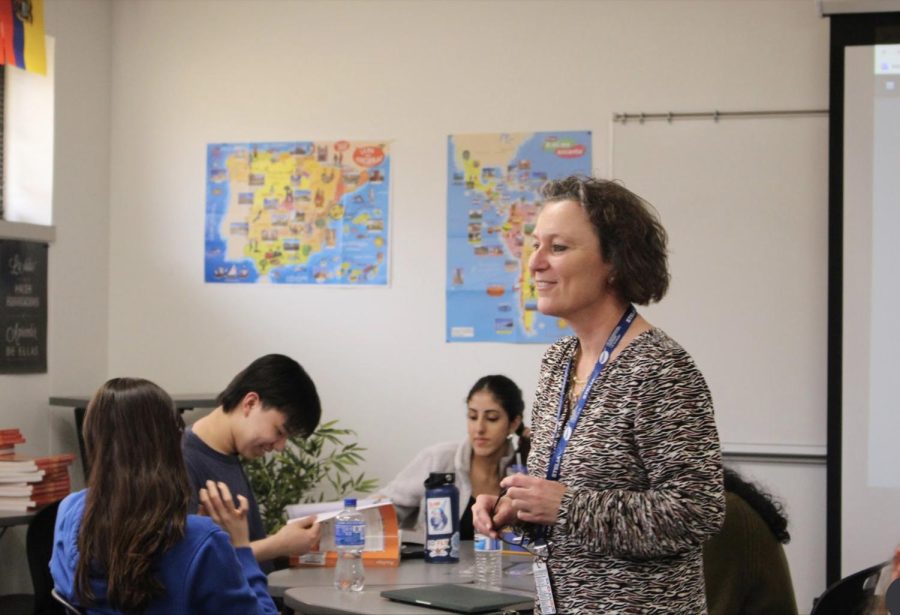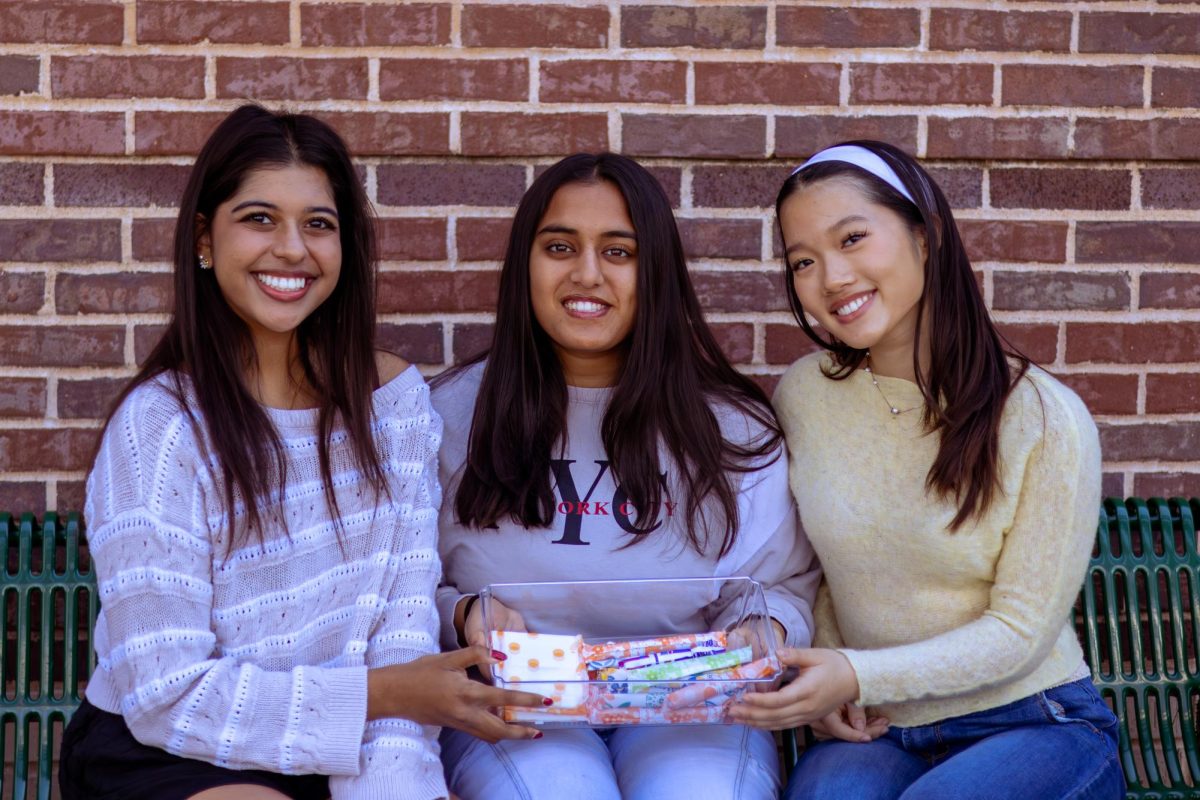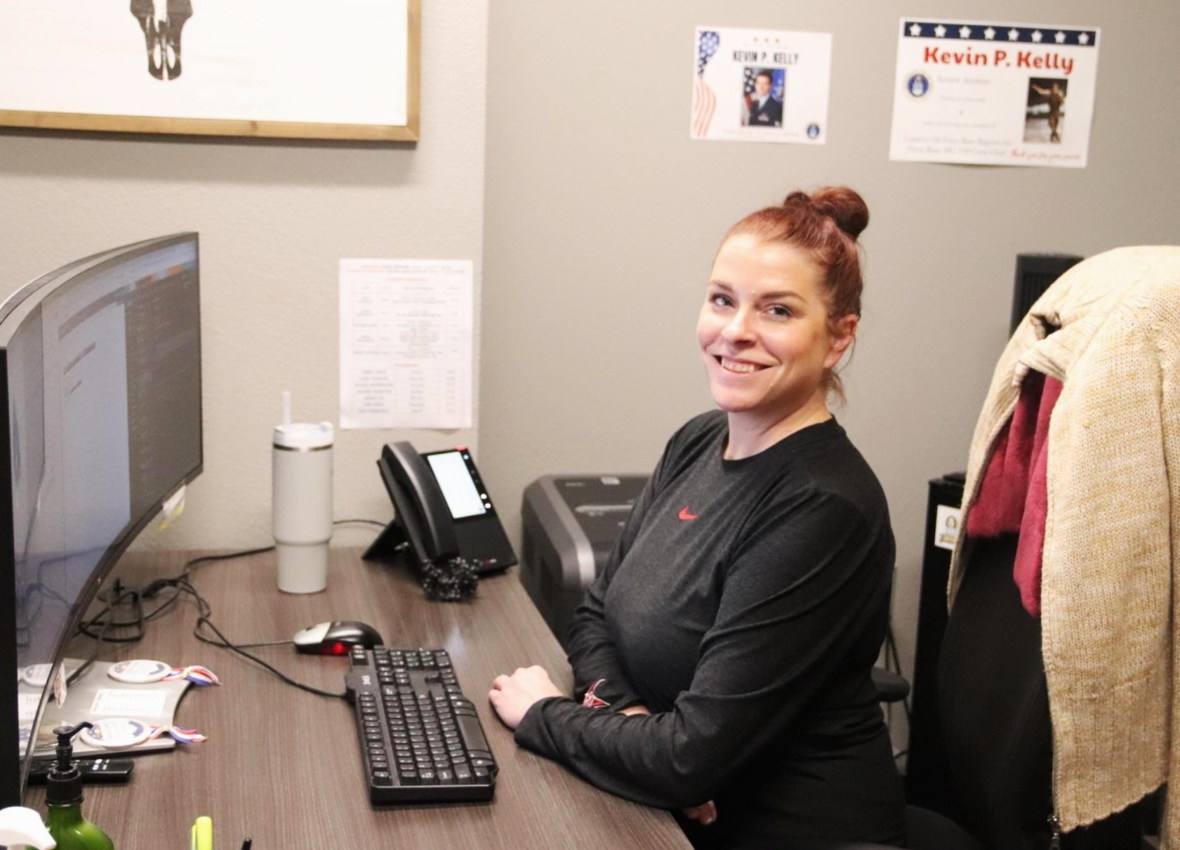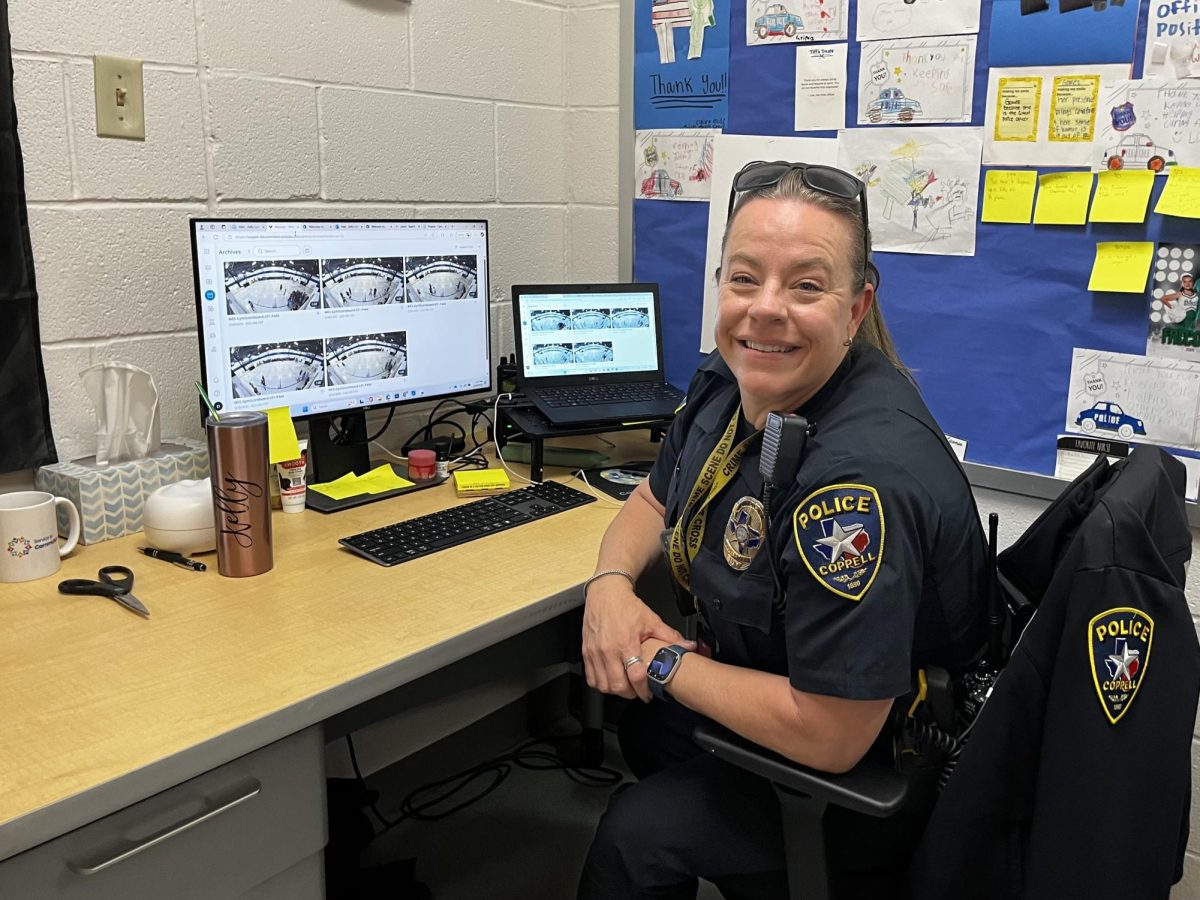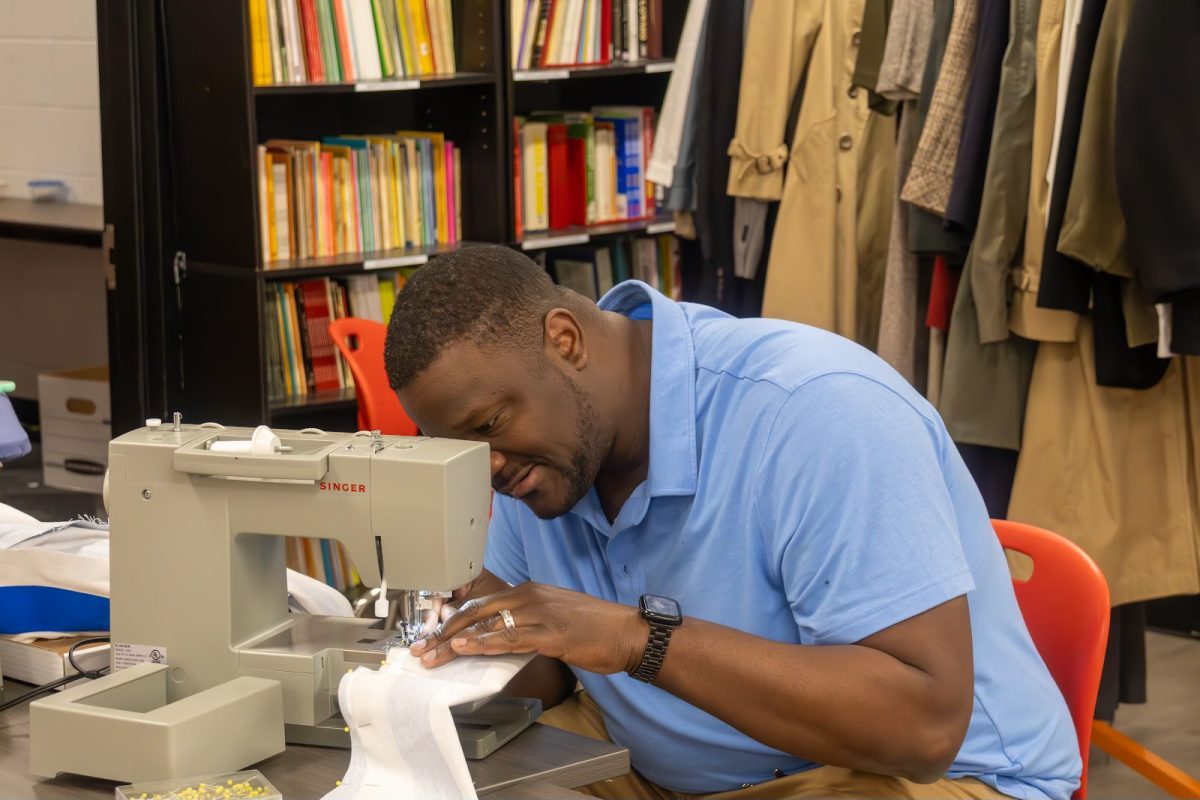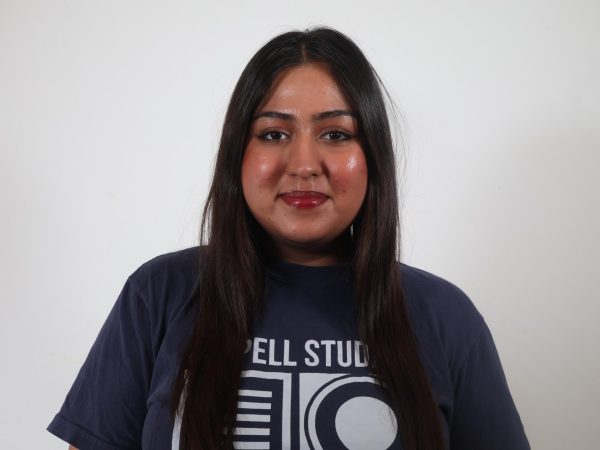Coppell High School junior Navya Singh shares her opinions on what makes art valuable and how it can impact society. Learn more about how she handles doing art with other extracurriculars, as well as her perspectives on how artificial intelligence art can play a role in artists’ lives.
How long have you been an artist?
I’ve been doing art for as long as I can remember, but I officially entered the Coppell ISD program for it in middle school, so sixth grade.
What intrigued you to start?
I’ve always enjoyed art and it was something that I was good at. I found legitimate genuine joy from creating it and I decided “well, this is a great thing I can do in class. I can really develop those skills and become more advanced in general at it.”
How has your relationship with art changed over time?
It did begin as a genuine hobby that I would do in my free time and with middle school and then high school it obviously had grades attached to it, it had my GPA attached to it. Because of that, college also ends up writing about my success and art, which has definitely made that relationship with it more complex and to a degree a little more materialistic.
Will you continue art in the future?
Not necessarily as a career, just because I have my interests in business or law. But it is a daydream of mine to have an Etsy shop to sell commissions to people, just because again, I really enjoy sharing the skill with others.
How do you manage art with other activities such as debate, DECA and dance?
It’s definitely really hard because all of those things are things I’m super passionate about as well. And I think the best way to handle juggling all those things is budgeting specific time for each thing and scheduling it. So at this time on this day, I’m going to do it for sure, rather than setting some nebulous time period for it and never actually getting to do something I love.
What do you think is the key to good art?
Good art is incredibly subjective because of your aesthetic references, my aesthetic preferences and my teachers’ aesthetic preferences, they’re all going to be different. But, good art should make you happy. You may not like it, but I do, and that is valuable on its own. So good art should just make conversation and get people talking honestly. But, it should make you happy first and foremost.
How do you implement that into your own works?
I like drawing things that make me happy, and one of those things is drawing the human experience. So I tend to draw people, and most specifically women. Just because I’m a girl and I find their features the easiest to draw. But also as a girl, those are the experiences I can relate to the most. And I sort of project those experiences onto my art because that’s what I find the most relatable, and it makes me happy to share those with others, like I’ve said before.
How do you feel about modern art?
Modern art, as its own time period for art, actually has a lot of paintings and works of art that are considered typical art, if that makes sense. But in modern art, a lot of people have this idea of really minimalist art. You know, the banana taped on a wall or a giant white canvas and it’s just a red dot in the middle. And in my opinion, I’m not in a position to say whether that’s true art or not. But, I think modern art is really interesting in the fact that we’ve developed as a society to start communicating in more minimalist, simpler ways. And, I think that’s incredibly fascinating, the conversations that generate out of that.
What do you think art does for society?
Art is such a universal form of communication because it transcends language. I don’t need to be able to read to understand and appreciate the beauty of a piece of art. And of course, a piece of art can evoke emotion in me, regardless of whether that was the artist’s original intention or not. So art, for one thing, helps us share experiences, memories and cultures over time. And it also gives us a sort of intimate peek into people’s lives, especially in the past.
Why do you think this is important?
Sharing culture, I feel, is so important because it’s about preserving the human experience. What does it mean to exist as a human on this earth? And what can we do in the limited time we have to make that valuable. The way we do that is by expressing ourselves and our unique cultures, paths and viewpoints. And art is the most universal, easiest way to do that. As kids, we all used to draw, and it’s unfortunate that a lot of people feel like they can’t, and that they’ve moved past that phase. But truly, sitting down, drawing and expressing your emotions is one of the healthiest and most beautiful things you can do.
Is artificial intelligence a threat to this?
I think it’s a mixed answer. I think I certainly make some people happy, and after all, that’s what I’ve been saying art should do, is make people happy. But the thing is, the process behind AI is one that definitely doesn’t make a lot of people happy. Because to get those data sets to create AI art, what’s necessary is millions and billions of images from online. And the thing is, you can’t ask for consent from all those artists, so it’s stealing art, essentially. And obviously that’s wrong because it’s unethical. In the end it’s not a question of is AI art art, but more of, how do we fix AI art to be more ethical so that it not only protects the intellectual property of artists online right now, but also so that we don’t contribute to this oversaturation of instantly gratifying short-form content that we have right now.
Can AI potentially be helpful to artists?
For sure, there are already tools online especially, for example, in Photoshop there is the generative fill that allows you to slightly tweak things in your images and add new things. There’s also the color scheme changer, which allows you to change colors and schemes based on some pre-created themes. And I think those are great tools. What AI companies and the government, especially, needs to do is to create the foundations for ethical usage right now. How can we create opportunities for artists to be a part of this process, rather than have their work be stolen and have their voices raised entirely. You can offer artists jobs at companies, you can say “OK, we’ll take your art, and here is compensation for it.” There’s a myriad of opportunities, and there’s definitely money to be made, but we need to start having those conversations right now.
What is it like running an art instagram?
I am pretty inconsistent about it, unfortunately. But what I’m hoping I can do as time goes on is actually set aside time on weekends to create art to post there. It’s not just about sharing art with others, it’s also about holding myself accountable and my own craft, creating and taking the time to hone it, not just it being a side note for more practical, academic pursuits.
Follow @CHSCampusNews on X.



